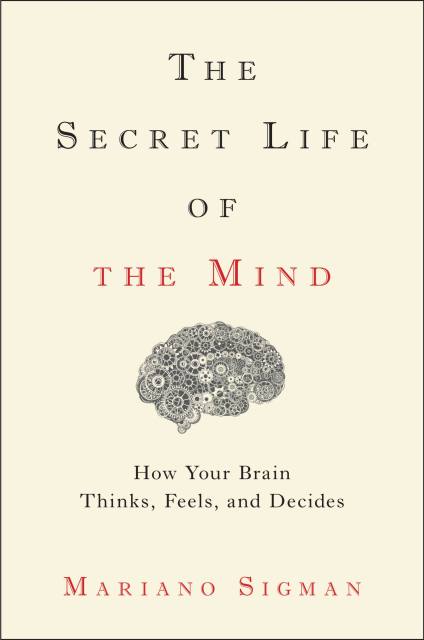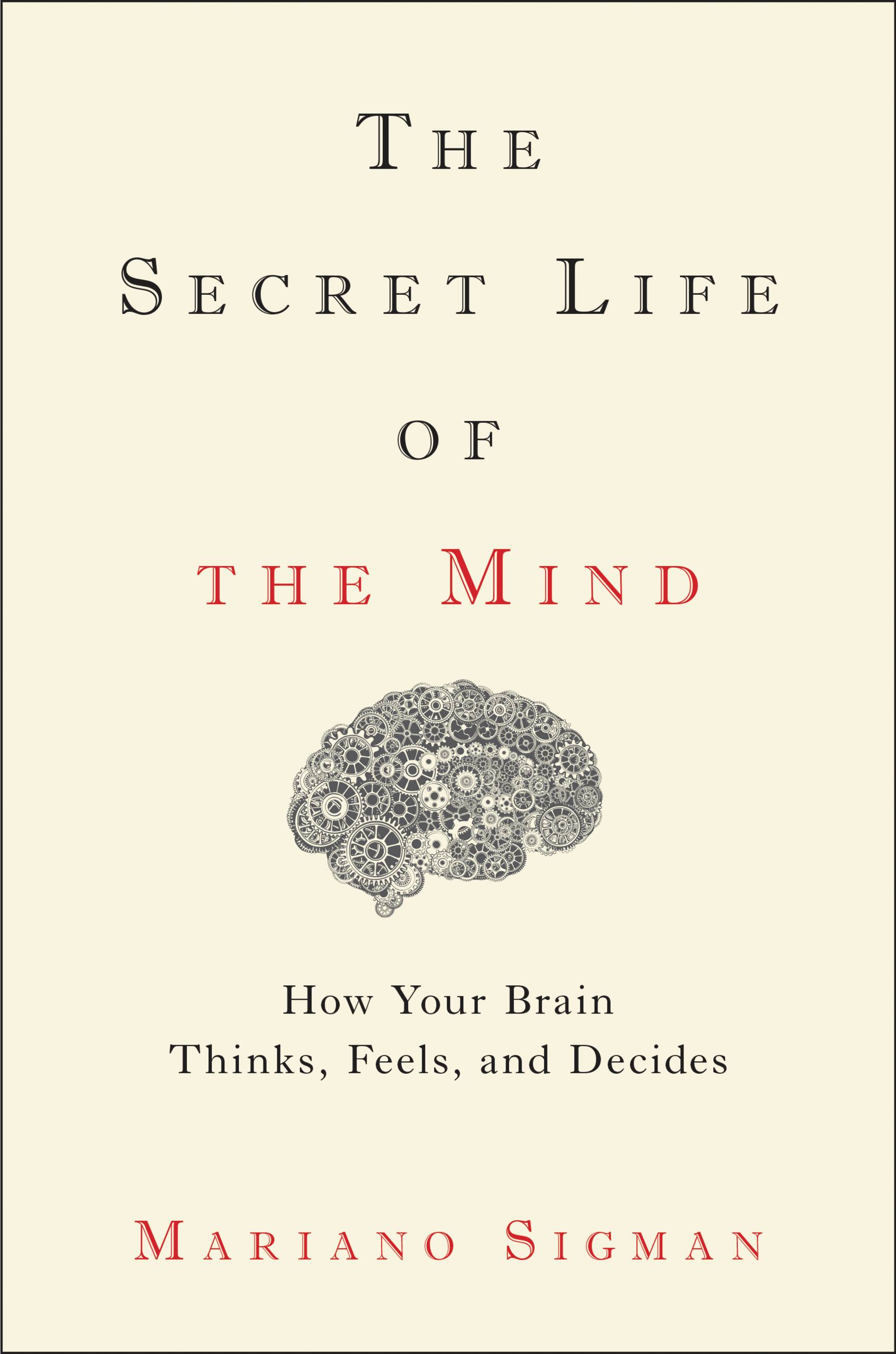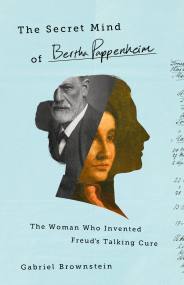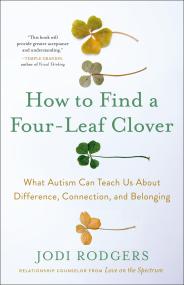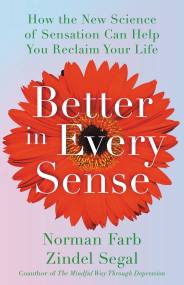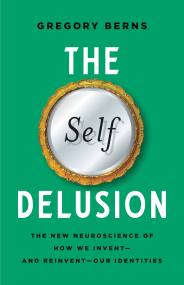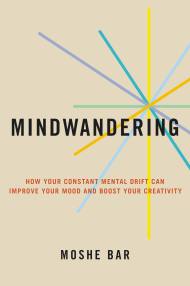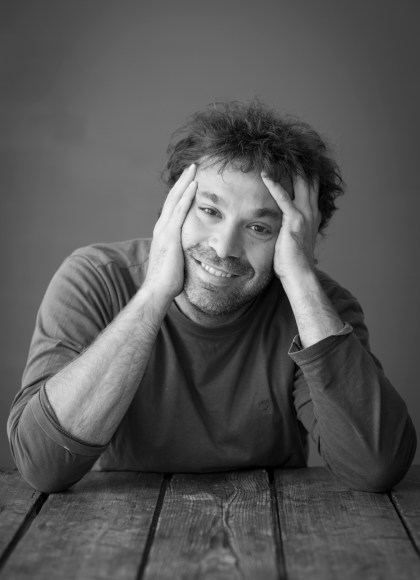Promotion
Use code MOM24 for 20% off site wide + free shipping over $45
The Secret Life of the Mind
How Your Brain Thinks, Feels, and Decides
Contributors
Formats and Prices
Price
$13.99Price
$16.99 CADFormat
Format:
- ebook $13.99 $16.99 CAD
- Hardcover $27.00 $35.00 CAD
- Trade Paperback $16.99 $22.49 CAD
This item is a preorder. Your payment method will be charged immediately, and the product is expected to ship on or around June 27, 2017. This date is subject to change due to shipping delays beyond our control.
Also available from:
Where do our thoughts come from? How do we make choices and trust our judgments? What is the role of the unconscious? Can we manipulate our dreams? In this mind-bending international bestseller, award-winning neuroscientist Mariano Sigman explores the complex answers to these and many other age-old questions.
Over the course of his 20-year career investigating the inner workings of the human brain, Dr. Sigman has cultivated a remarkable interdisciplinary vision. He draws on research in physics, linguistics, psychology, education, and beyond to explain why people who speak more than one language are less prone to dementia; how infants can recognize by sight objects they’ve previously only touched; how babies, even before they utter their first word, have an innate sense of right and wrong; and how we can “read” the thoughts of vegetative patients by decoding patterns in their brain activity.
Building on the author’s awe-inspiring TED talk, the cutting-edge research presented in The Secret Life of the Mind revolutionizes how we understand the role that neuroscience plays in our lives, unlocking the mysterious cerebral processes that control the ways in which we learn, reason, feel, think, and dream.
Genre:
-
"Sigman provides vivid depictions of foundational behavioral psychology experiments...The book's exhaustive survey of experiments is, overall, enlightening, and Sigman's clear passion for neuroscience makes it easy to browse."Science Magazine
-
"Every year 20,000 papers are presented at the annual meeting of the society for neuroscience yet we don't have tentative answers to even 'simple' questions, such as why we sing, laugh, dance, or cry -- let alone the lofty question of how a pack of neurons gives rise to consciousness and sense of self. Amidst the din and chaos of empirical data that threatens to deluge us, it is refreshing to see a 'big picture' book that attempts to tackle such issues. In attempting this the author takes us on grand tour covering an extraordinarily diverse range of topics that are of interest to the common people and specialists alike."V. S. Ramachandran, author of The Tell-Tale Brain
-
"Sigman is one of the many professors to become popularizers of their own fields... His book is peppered with brief stories and artistic allusions, and it moves quickly from idea to idea, study to study."New York Times Book Review
-
"If, as the poetess Emily Dickinson wrote, 'the brain is deeper than the sea,' then Mariano Sigman's book is the perfect travel guide to those uncharted abysses. Concise, pithy, sprinkled with illuminating metaphors, this book takes you on a most entertaining journey into the subtleties and oddities of the human mind. This trip into ourselves is rewarded with many insights into such ill-known concepts as inner unconscious battles, lucid dreams, bilingual brains and mind-reading infants. The company of brilliant minds, including Chomsky, Turing, Rousseau, Molière, Plato, Sagan, and Freud, and their revisiting in the smart light of Mariano Sigman's clever experiments, make this book enormously enjoyable, from beginning to end -- a riveting scientific page-turner."Stanislas Dehaene, author of Consciousness and the Brain and Reading in the Brain
-
"Mariano Sigman writes and thinks in a uniquely provocative way. He is a gifted cognitive neuroscientist, and we are lucky to have him excavating the secret life of the mind. You will not be able to resist his analogies, which are always deeply informative and often amusing. He makes learning about the mind and brain easy and almost automatic. He is the Richard Feynman of the brain."Andrew Meltzoff, Professor of Psychology, the University of Washington, and co-author of The Scientist in the Crib
- On Sale
- Jun 27, 2017
- Page Count
- 288 pages
- Publisher
- Little Brown Spark
- ISBN-13
- 9780316549615
Newsletter Signup
By clicking ‘Sign Up,’ I acknowledge that I have read and agree to Hachette Book Group’s Privacy Policy and Terms of Use
